Is a ceramic heater or oil-filled radiator better for warming a home? The pros and cons to consider before investing
We spoke to industry experts to help you decide which heater to invest in to warm up your home


With the coldest months of the year right around the corner, you might be thinking about investing in a portable electric heater to warm up your home. To help you out, we’ve put two of the most popular options up against each other, comparing ceramic heaters vs oil heaters, also known as oil-filled radiators, to determine which is the best electric heater.
When choosing an electric heater, you want to know that you’re getting the very best for your budget, so which option is right for your needs? Making these sorts of purchases can often be a bit of a minefield, but you want to be confident that the heater you choose will heat your home efficiently while being affordable too.
Both ceramic heaters and oil heaters are great choices, but does one stack up above the other? To help you decide which portable heater to invest in, a variety of industry experts walk us through the pros and cons of both so that you can make a fully informed decision and keep your home warm this winter.

This easy-to-use oil filled radiator was rated best oil filled radiator overall. With an attractive design and easy to use, it offers powerful performance at an affordable price. There are three temperature settings and it heats up fairly quickly, as well as a timer and thermostat to heat your room to your ideal temperature.

This super compact ceramic heater is great for small spaces. With a four star rating from our reviews, this is an affordable ceramic heater that also boasts low energy usage, keeping costs down overall.
Ceramic heater vs oil heater: What is the difference?
When it comes to choosing a portable heater, ceramic heaters and oil heaters are both good options, but what’s the difference between them? While they are pretty similar in the way that they work, they do have their advantages and disadvantages.
Oil heaters are, as you may have guessed, filled with oil inside the radiator. The oil is heated up using an electrical element. It’s essentially a convection heater that emits heat through its columns, also known as ‘fins’.
On the flip side, ceramic radiators use electricity to heat up using resistive heating. This involves passing an electric current through a conductive ceramic plate, creating resistance and in turn creating heat. The different ways that oil heaters and ceramic heaters warm up create a difference in heating time, as Lee Devin from Homecure Plumbers explains.
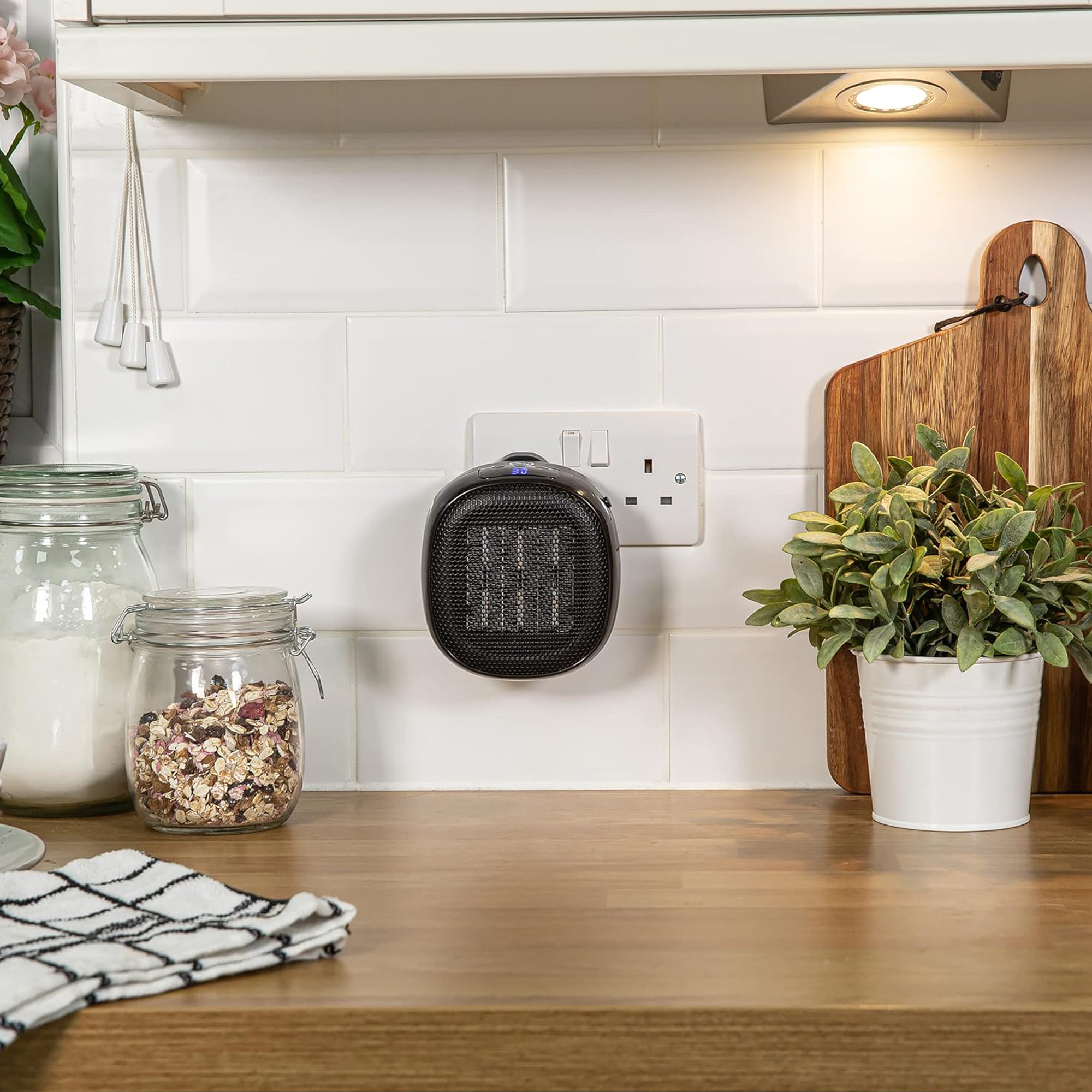
‘Ceramic heaters heat up faster than oil heaters and offer efficient on-demand heating for small or medium-sized rooms. On the other hand, oil heaters take a little longer to heat up (around 20-30 minutes), but are better for maintaining steady temperatures in larger spaces.’
Get the Ideal Home Newsletter
Sign up to our newsletter for style and decor inspiration, house makeovers, project advice and more.
A great example of a ceramic heater would be the Small Olive Square Heater from Dunelm. At just £30, this stylish ceramic heater offers a great heat source without taking up much space. In comparison, the VonHaus 11 Fin 2500W Oil Filled Radiator might be bigger, but it provides long-lasting heat and has a 24 hour timer.
Ceramic heater vs oil heater: Which produces the most heat?
Both ceramic and oil heaters provide a good source of heat, but is one better than the other? Put simply, ceramic heaters will heat up faster, whereas oil heaters will retain heat for longer.
‘Ceramic heaters, like the DREO Space Heater Solaris 718, are designed for fast, efficient heating, making them ideal for quickly warming up medium to large-sized rooms,’ explains Joshua Gun, VP of DREO. ‘They deliver concentrated warmth where it’s needed, allowing for rapid comfort. In contrast, oil heaters such as the DREO Radiator Heater OH712 offer steady, long-lasting heat, perfect for larger spaces that require consistent warmth.’
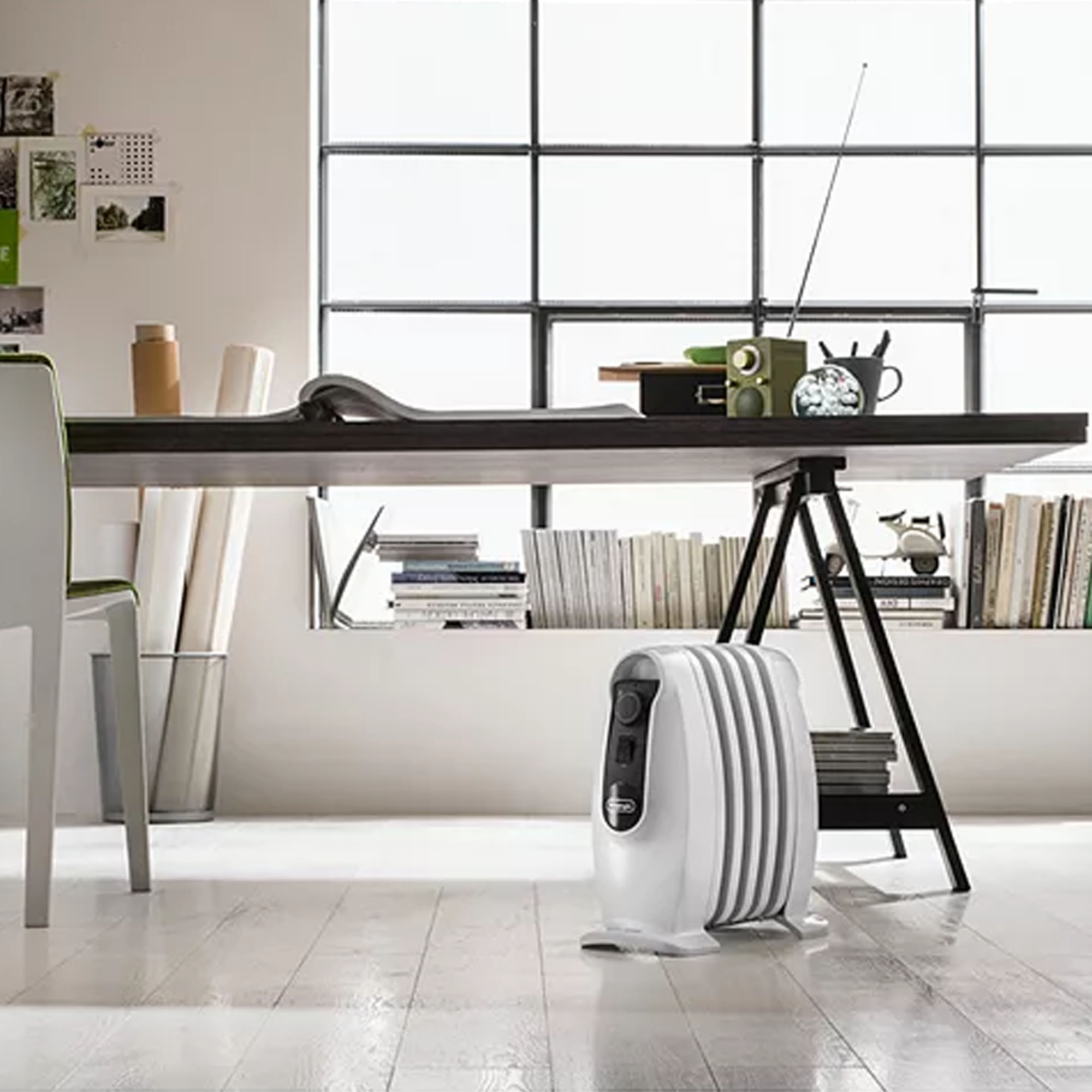
Nicolas Aukland, heating and energy expert at Trade Radiators also added, ‘Which radiator produces the most heat depends on what you're using them for. For example, ceramic heaters are designed to provide instant heat, which means they're good at quickly warming up smaller areas, ideal for spot heating. However, they do tend to lose heat quickly as soon as they're turned off, so they need to be on constantly to provide heat.’
‘Oil heaters however will take longer to warm up, but will radiate heat better,’ Nick continues. ‘This means that they keep spaces warm for longer in general. All in all, if you’re looking for rapid heat in a specific, smaller spot, then a ceramic heater is likely the better option, but for consistent warmth over time, an oil heater is more efficient. So it all depends on the location and your heating needs.’
Ceramic heater vs oil heater: Which is bigger?
If size comes into play, oil heaters are usually the bigger of the two options. Ceramic heaters tend to be more compact and lighter too, so if you’re limited on space or you want a heater that’s easy to move around, a ceramic heater might be the better option.
‘Oil heaters are typically larger and bulkier due to their radiator-style design, while ceramic heaters like the DREO 2-in-1 Tower Fan & Heater MC706 are more compact and portable, ideal for tighter spaces,’ says Joshua Gun.
‘The MC706 is sleek and space-efficient, offering both heating and cooling in one unit without sacrificing performance,’ he continues. ‘Despite its compact size, it delivers high-power output. On the other hand, the DREO Radiator Heater OH712 is larger but designed with 8 efficient fins, offering superior heat distribution. Its relocate cord to the back design ensures better control and ease of use, maximizing space while providing effective heating.’

Ceramic heater vs oil heater: Which is more affordable?
When considering which is the cheapest electric heater to run, it’s important to look at both initial costs and long-term costs, as Lee Devlin explains.
‘Ceramic heaters are typically more affordable to buy and run than oil heaters. They generate more heat per watt, and the long-term cost of gas or electricity is cheaper than oil. However, oil heaters retain heat for longer and need less power to keep warm, making them more efficient in terms of long-term energy consumption.’
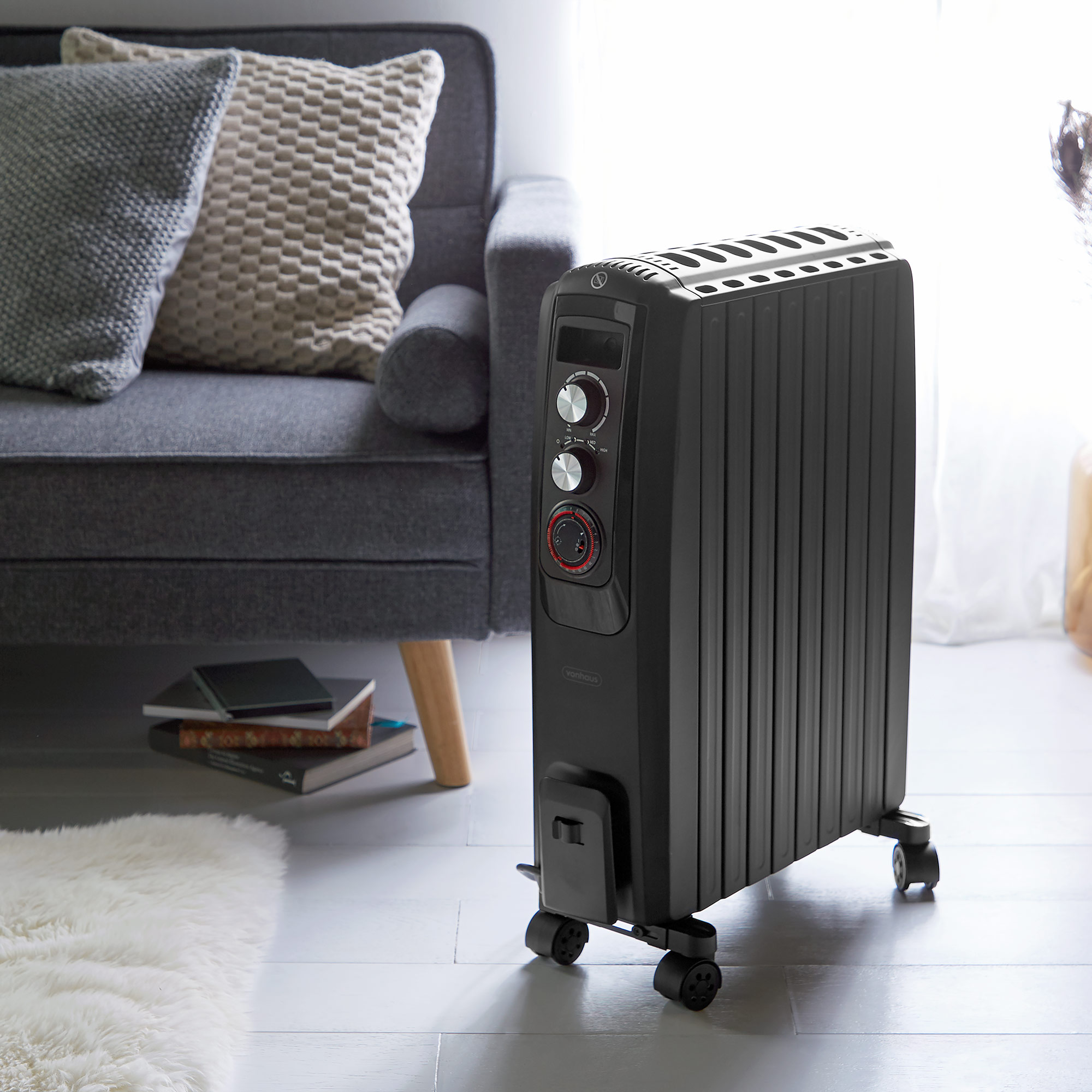
It’s also worth noting that oil heaters will switch off once the desired heat has been reached, which can help keep costs down, whereas ceramic heaters will continue to use electricity to keep them hot until you turn them off.
While ceramic heaters do tend to be cheaper to run, when our expert tester Rachel Tompkins tested 6 oil filled radiators, she found a good low cost alternative in the 500W De'Longhi TRNS0505M, if you’re set on getting an oil heater.
‘If you only have a small space to heat then the 500W De'Longhi TRNS0505M offers the lowest running costs of all the oil-filled radiators in our round-up,’ recommends Rachel. ‘It can't dish out as much heat as its 2500W competition, but it's small, compact, lightweight, and very easy to use. Plus, there's zero self-assembly required making this heater ready to use straight out of the box.’
Ceramic heater vs oil heater: Final Verdict
Which option you go for really depends on your own unique needs. Ceramic heaters tend to have a lower upfront cost and provide almost instant heat, whereas oil heaters provide a steadier heat source and will shut off when the desired heat is achieved, which can save you money.
‘Oil radiators can be a good addition, as they help bring steady and consistent heat to any home,’ adds Isabella Forgione, small appliance expert at AO.com. ‘Using internal oil to retain warmth for a long time, they may take a longer time to heat than a ceramic heater – but do so at a much more efficient rate, retaining sustained heat for a far longer time. Overall, an oil radiator is also a good choice if you’re looking for a bulkier heater to warm a much larger area.’
Maintenance of your electric heater is worth considering too. Ceramic heaters can gather dust inside their internal fan. This can decrease the efficiency, so it’s important to clean the fan around once a month. The fans in ceramic heaters may also need replacing annually, whereas oil heaters require little maintenance.
If your budget is tight and you want something that’s going to provide heat quickly for a small space, a ceramic heater is the right choice. Whereas if you’re looking for something to use on a regular basis that will provide ongoing heat to larger spaces, go with an oil-filled heater.

Eilidh Williams has been a freelance lifestyle copywriter for over ten years. Having graduated with a Bachelor of Arts in Creative and Media Writing in 2011, over the years she has written for a variety of unique and inspiring lifestyle brands and publications focusing on fashion, beauty, sustainable and mindful living, and of course homes and interiors.
-
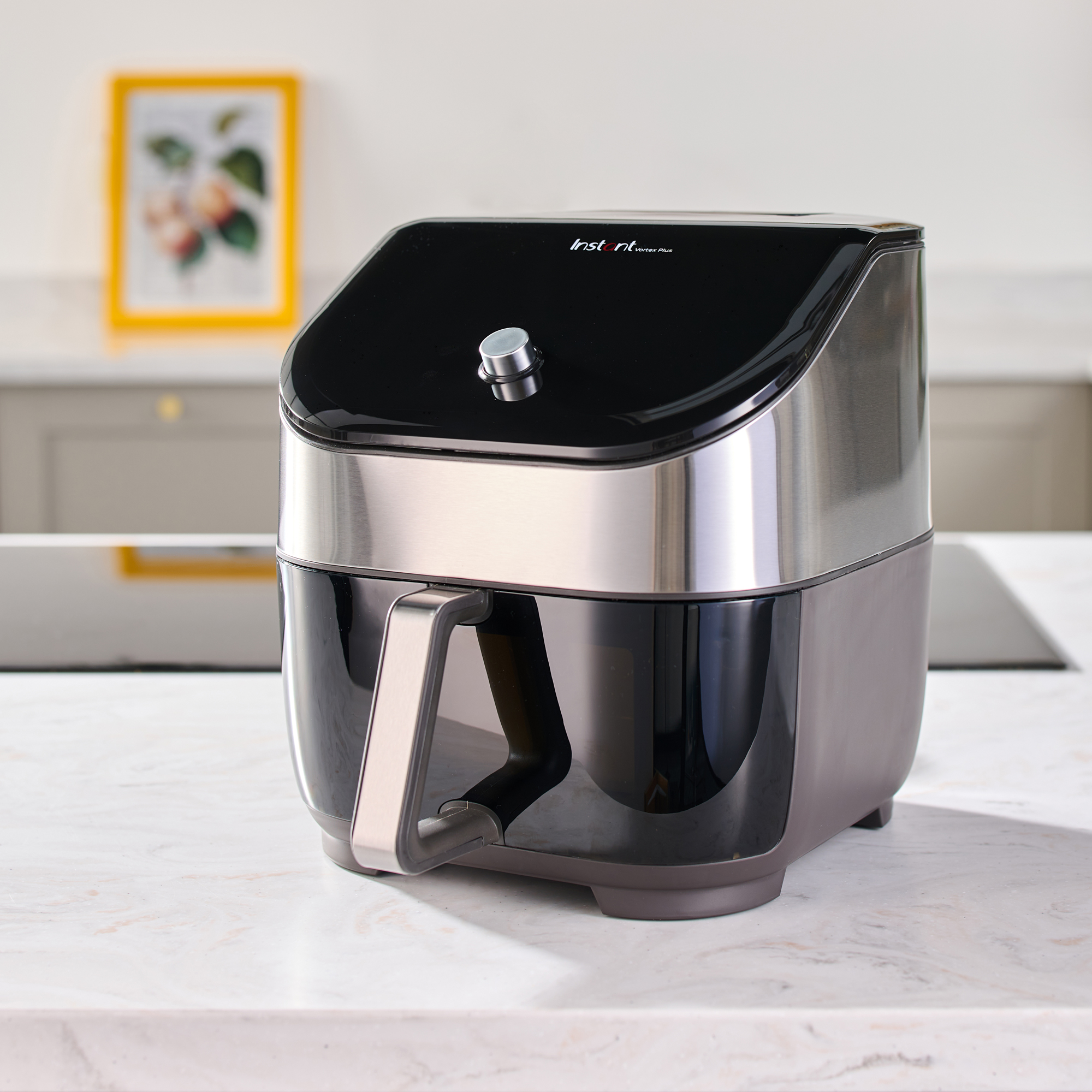 Should an air fryer be on display in a kitchen or hidden away? This is why I always keep my small appliances on the worktop
Should an air fryer be on display in a kitchen or hidden away? This is why I always keep my small appliances on the worktopAre you on team display or neatly hidden away? Share your opinion in the comments
By Rebecca Knight
-
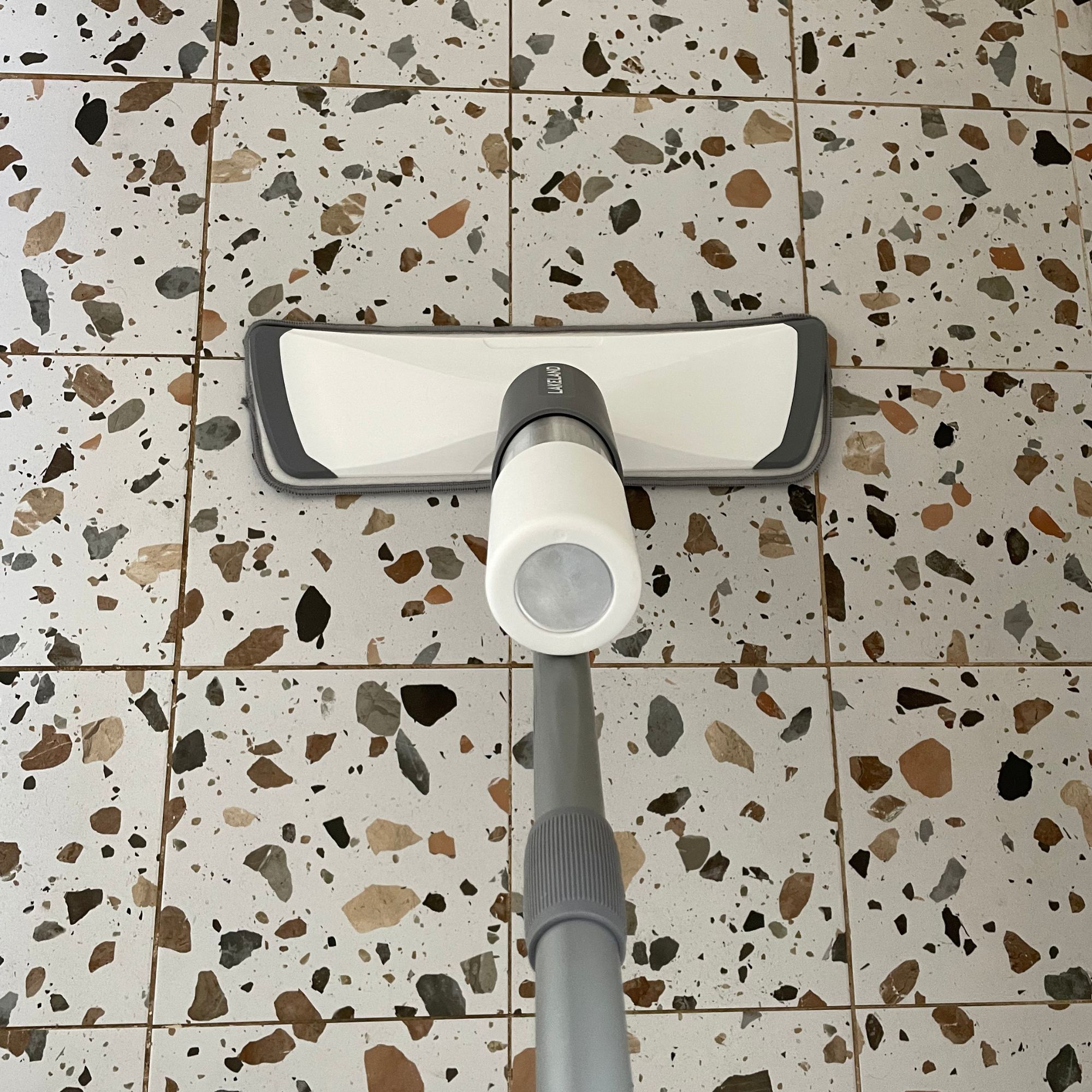 Experts warn that these 5 mopping mistakes are making your floors dirtier — and damaging your floors in the process
Experts warn that these 5 mopping mistakes are making your floors dirtier — and damaging your floors in the processThis is how to keep them clean and avoid costly damage
By Lauren Bradbury
-
 Move over, fences – dead hedges are the wild and wonderful alternative your garden will love and they're easier to build than you'd think
Move over, fences – dead hedges are the wild and wonderful alternative your garden will love and they're easier to build than you'd thinkThe perfect eco-friendly solution for small gardens
By Kayleigh Dray
-
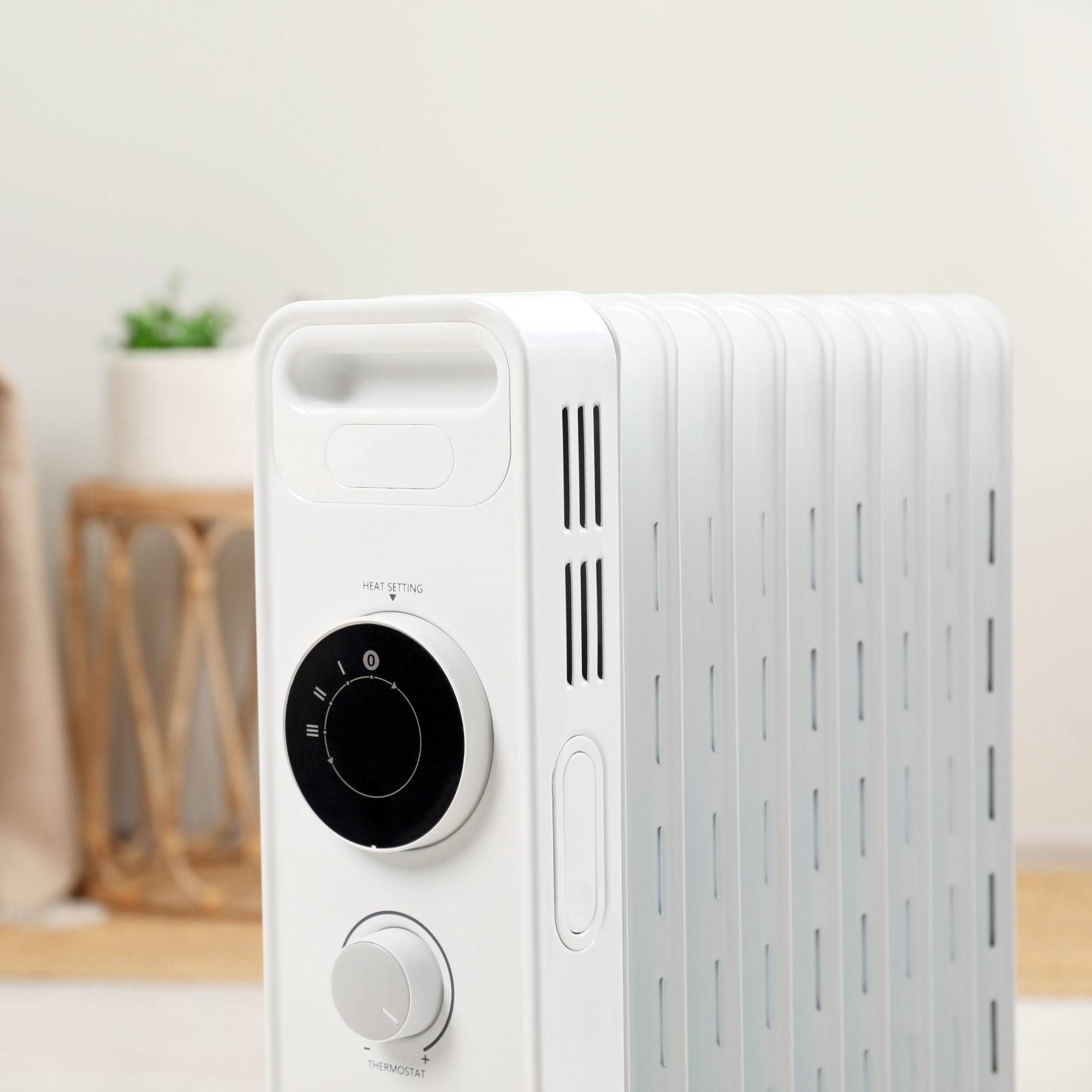 Electric heater vs electric blanket — heating experts weigh in on the effectiveness (and affordability) of these winter warmers
Electric heater vs electric blanket — heating experts weigh in on the effectiveness (and affordability) of these winter warmersConstantly cold at night? Experts weigh in on whether an electric heater or electric blanket will suit you best
By Lauren Bradbury
-
 How many electric heaters do you need to heat a house? It all depends on these 5 things, according to experts
How many electric heaters do you need to heat a house? It all depends on these 5 things, according to experts5 things to consider if you want to know exactly how many you’ll need to beat the chill this winter
By Lauren Bradbury
-
 ‘This is how we saved £25,000 on our extension — it never would have been affordable otherwise'
‘This is how we saved £25,000 on our extension — it never would have been affordable otherwise'See how we turned an ugly car port into a luxury media room on a budget
By Laura Crombie
-
 Side return extension costs — how much will it cost you to add space and will it be worth it?
Side return extension costs — how much will it cost you to add space and will it be worth it?Trying to budget for your side return extension costs? Our guide makes it easy
By Natasha Brinsmead
-
 How to make the most of living on-site during a renovation project — according to those who have done it
How to make the most of living on-site during a renovation project — according to those who have done itThis is what it's like to live on-site during a renovation project, and how you can make the most of it, by those who have been there, done it and lived to tell the tale
By Sarah Handley
-
 Single storey extensions — the ultimate guide to adding more space to your home
Single storey extensions — the ultimate guide to adding more space to your homeConsidering a single storey extension as a way to add space and value to your home? Our expert guide takes you through everything you need to know, from permissions and budgeting to foundations and the realities of living on-site
By Natasha Brinsmead
-
 Can I leave an oil filled radiator on overnight? – Here’s what you need to know
Can I leave an oil filled radiator on overnight? – Here’s what you need to knowWe asked the experts about the practicalities, both in terms of safety and your energy bills
By Ellis Cochrane
-
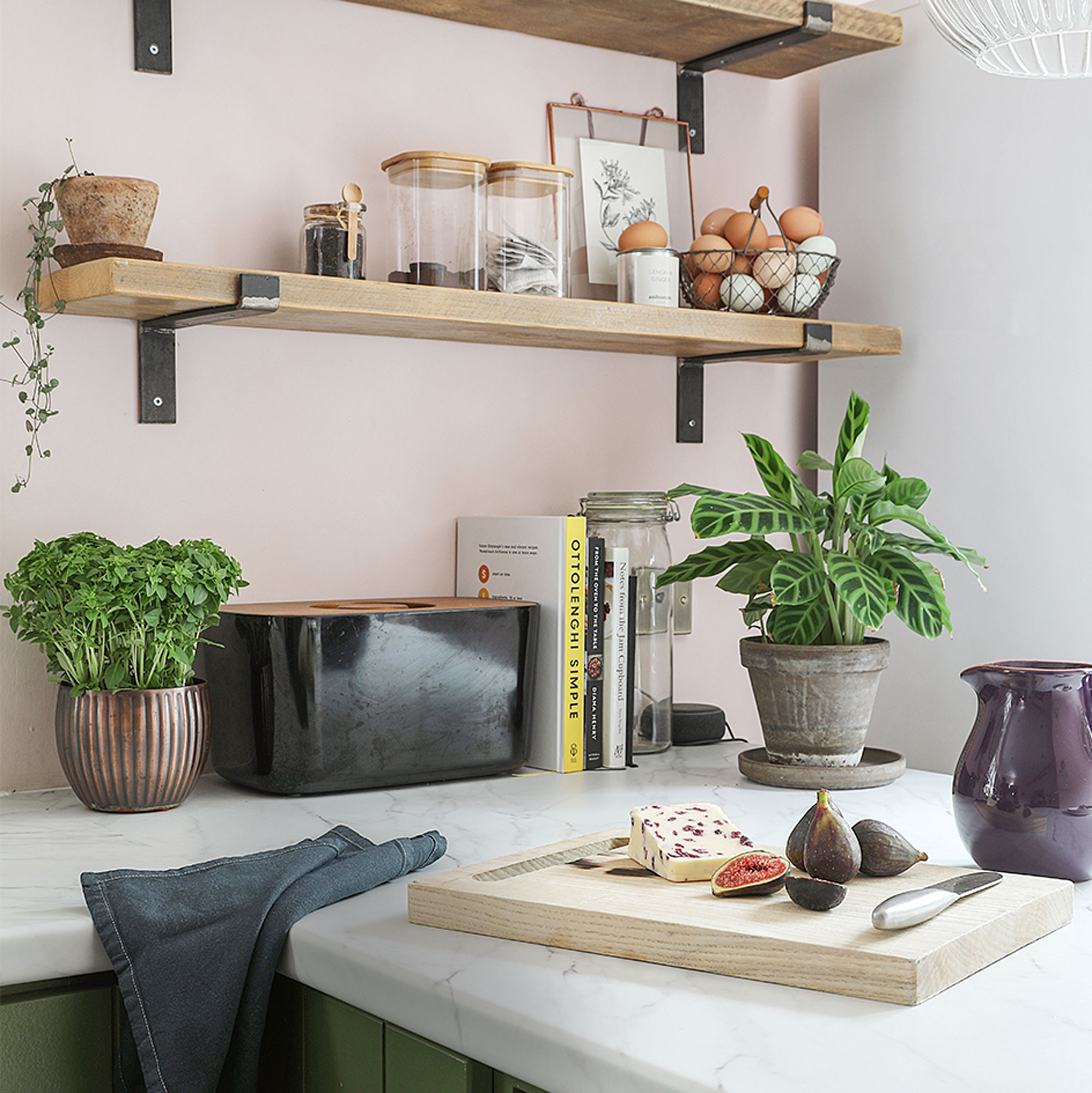 I've set up a temporary kitchen during our renovation — these are the 3 appliances I've invested in to make cooking so much easier
I've set up a temporary kitchen during our renovation — these are the 3 appliances I've invested in to make cooking so much easierWho needs an oven anyway?
By Jenny McFarlane